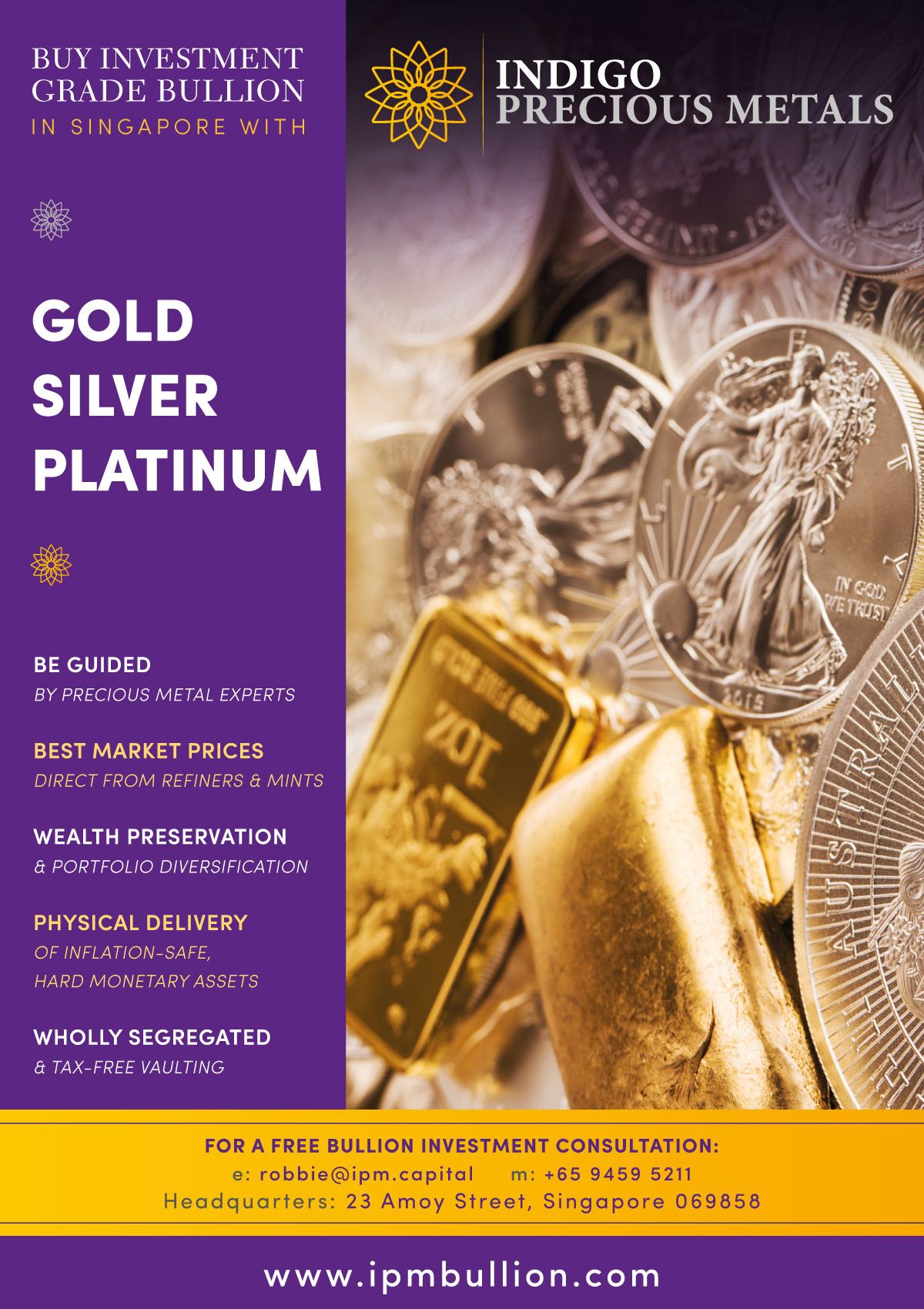Preserving Wealth with Precious Metals
By IPM Group
For centuries, precious metals have demonstrated their reliability as a means of preserving an investor's wealth. Gold, in particular, holds worldwide acclaim and has been revered across various cultures for many years as a safe haven investment that has consistently maintained its relative value over several millennia. Let's delve into the reasons why it is crucial for investors to include a diversification in precious metals as a key part of their investment portfolios:

1. Wealth Preservation: Precious metals play a vital role in safeguarding an investor's wealth. They have a consistent track record of maintaining their value over long periods due to their status as enduring commodities essential to society. In contrast to paper currencies, which are susceptible to devaluation and carry counterparty risk, precious metals remain unaffected due to their limited supply. Notably, Gold and Silver function as monetary metals, providing protection against inflation and economic crises, ensuring that they perform well during turbulent economic times. While market fluctuations may impact the short-term prices of Gold and Silver, they generally help maintain the investor's purchasing power, highlighting their intrinsic value as a consistent store of wealth.
In contrast, a thriving economy typically increases the demand for commodities, leading to price hikes for other precious metals such as Platinum, Palladium and Rhodium. These metals are considered precious due to their rarity and investment demand, however they are primarily used for industrial applications.

Physical precious metals can be seamlessly passed down to future generations, enabling investors to preserve their purchasing power, generational wealth and avoid all counterparty risks. Clients investing with Indigo Precious Metals Group for example, maintain full title ownership and control of their metals at all times, within their own wholly segregated and Lloyd's of London insured vaults under their family, company or trust name.
2. Portfolio Diversification: Traditionally, investors are advised to follow the 60/40 rule, allocating 60% of their portfolio to equities and 40% to bonds. While this approach has worked well during prolonged bull markets, it lacks adequate diversification. Equities and bonds are influenced by similar factors and compete for capital flows, with their performance closely tied to monetary and fiscal policies. A more effective hedge against this correlation is found within the commodity complex. In today's economic environment, leading fund managers and wealth management experts are recommending their clients to allocate at least 25 - 30% of their portfolio to commodities, rather than the conventional 5 - 10%.
3. High Liquidity & Accessibility: Precious metals enjoy global acceptance and can be easily bought or sold in any country. Contrary to a common misconception, selling physical precious metals does not take weeks but can be accomplished within 24 to 48 hours. Owning physical precious metals eliminates the risk of having your liquidity tied up in an exchange, ensuring that investors have readily available funds whenever needed.
As investors navigate the current financial and macroeconomic landscape, characterized by uncertainty, geo-political tensions and even war, it is extremely prudent to allocate a portion of your overall portfolio to precious metals as a safe hedge. Precious metals remain an attractive option for any investor looking to strategically enhance their overall portfolio's balance.









